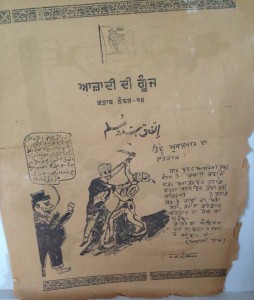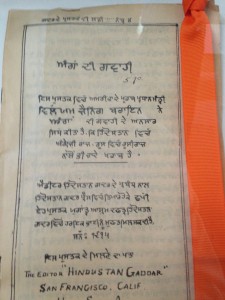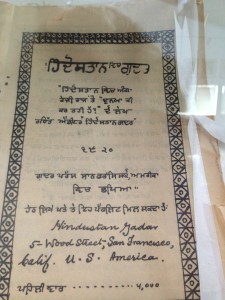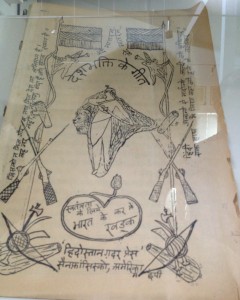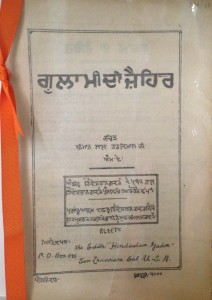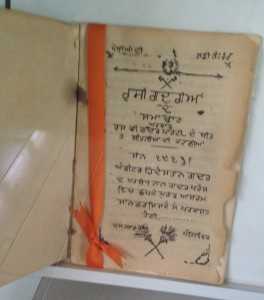The Ghadar Party – Pacific Coast Hindustan Association , initially was formed in 1913 in the west coast, United States under the leadership of Har Dayal, with Sohan Singh Bhakna as its President.
It drew members from Indian immigrants, largely from Punjab – mostly the labor force which worked in the mills and agriculture fields.
Most of its leader members were from the University of California at Berkeley including Lala Har Dayal, Tarak Nath Das, Kartar Singh Sarabha, V. G. Pingle and Maulvi Barkatullah.
The party quickly gained support from Indian expatriates, especially in the United States, Canada and Asia. Ghadar meetings were held in Los Angeles, Oxford, ______, Washington, D.C., and Shanghai.
Ghadar’s ultimate goal was to overthrow British colonial authority in India by means of an armed revolution.
Ghadar’s foremost strategy was to entice Indian soldiers to revolt. At that end, in November 1913 Ghadar established the Yugantar Ashram press in San Francisco. The press produced the Hindustan Ghadar newspaper and other nationalist newspaper.
The Ghadar Revolution (Hindustani: ग़दर राज्य-क्रान्ति, غدر _____ – کرانتی Ġadara Rājya-krānti) was a pan-Indian mutiny in the British Indian army in February 1915 initiated at the Ghadar Party USA. It was the most prominent plan amongst a number of plans of the much larger Hindu–German Mutiny, formulated between 1914 and 1917 to initiate a Pan-Indian rebellion against the British gov during World War I.
The plot originated on the onset of the World War, between the Ghadar Party in the United States, the Berlin Committee in Germany, the Indian revolutionary underground in British India and the German Foreign Office through the consulate in San Francisco.
The planned mutiny was __________ thwarted when British intelligence infiltrated the Ghadarite movement by a spy called Hopkins, arresting the figures.
